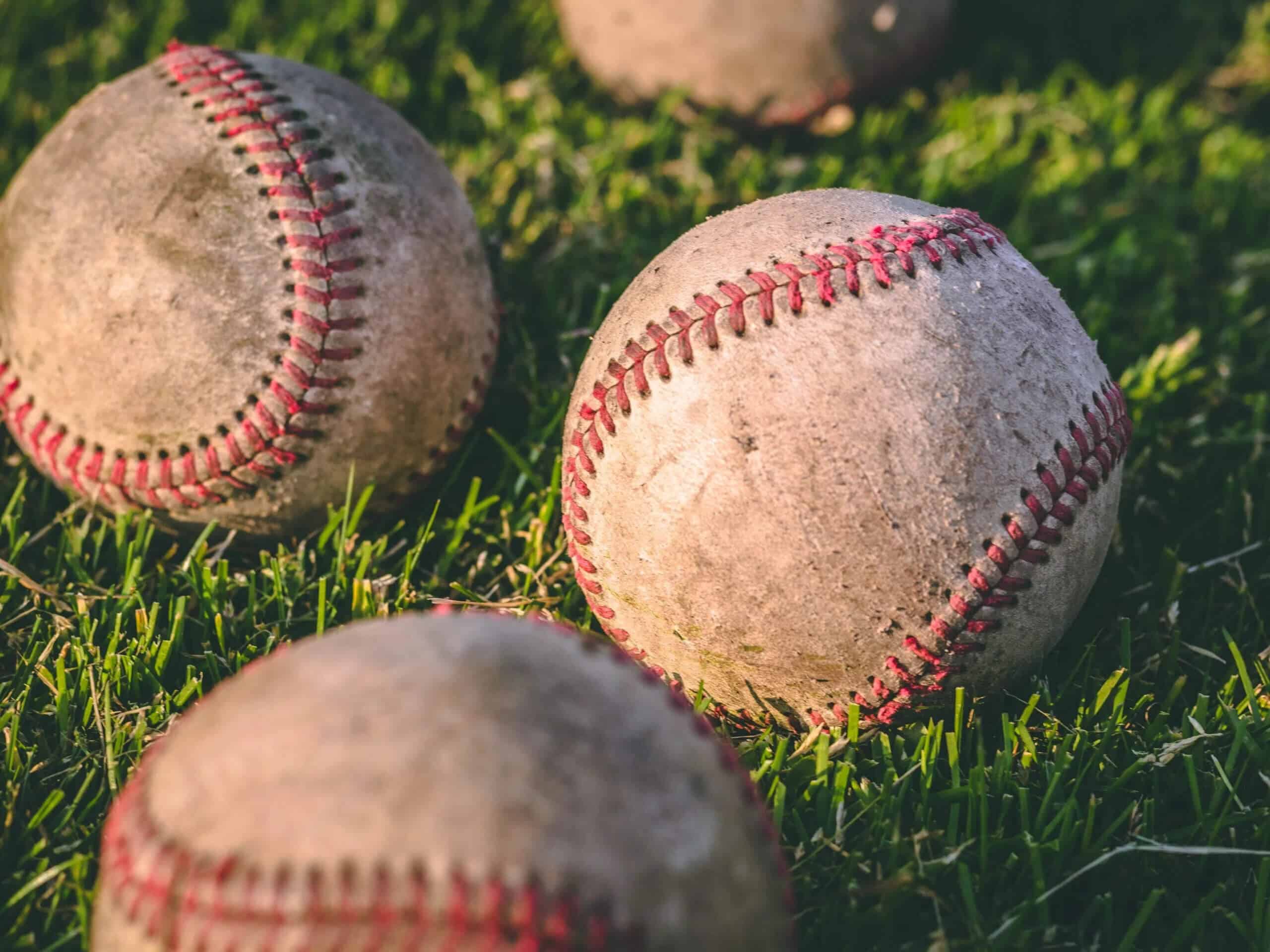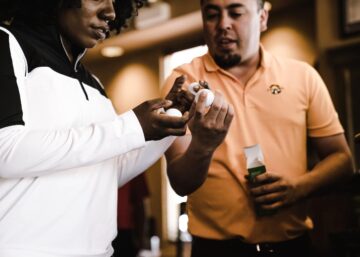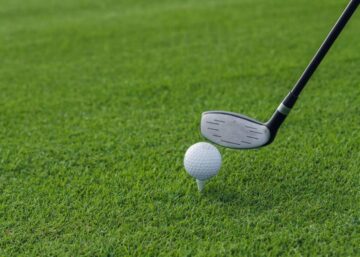A baseball is a small, round ball used in the sport of baseball. It is one of the most important pieces of equipment in the game, as it is the object that players hit with a bat and try to catch with a glove. But have you ever wondered what a baseball is made of?
What is baseball made of ? A baseball is made up of several different materials, each with its own purpose. The core of the ball is made of cork or rubber, which is then wrapped in several layers of yarn. The outer layer of the ball is made of leather, which is stitched together in a specific pattern to create the ball’s signature look. But why are these materials used, and how do they affect the way a baseball performs?
Understanding what a baseball is made of can help players and fans alike appreciate the intricacies of the game. From the weight and size of the ball to the way it bounces and travels through the air, every aspect of a baseball has been carefully considered and designed to create a unique and challenging sport. So the next time you watch a game of baseball, take a moment to appreciate the simple yet complex object at the heart of the action.
The Core of a Baseball
A baseball is made up of several different components, each of which plays a critical role in the ball’s performance. One of the most important parts of a baseball is its core, which is responsible for the ball’s weight, size, and bounce. In this section, we will take a closer look at the two types of cores that are commonly used in baseballs: cork and rubber.
Cork Center
The cork center is the traditional core of a baseball and has been used for many years. It is made from a small, tightly compressed ball of cork that is then wrapped in several layers of rubber. The cork center is preferred by many players and coaches because it provides a consistent level of performance and is easy to control.
One of the main advantages of the cork center is that it is relatively lightweight, which makes it easier to throw and catch. The cork also provides a good amount of bounce, which helps to create a lively ball that is fun to play with. However, the cork center can be prone to breaking down over time, which can result in a ball that is less consistent and harder to control.
Rubber Center
The rubber center is a newer type of core that has been developed in recent years. It is made from a solid ball of rubber that is then wrapped in several layers of yarn. The rubber center is preferred by some players and coaches because it is more durable than the cork center and can provide a more consistent level of performance over time.
One of the main advantages of the rubber center is that it is more durable than the cork center, which means that it can last longer and provide a more consistent level of performance over time. The rubber also provides a good amount of bounce, which helps to create a lively ball that is fun to play with. However, the rubber center can be heavier than the cork center, which can make it harder to throw and catch.
The Windings
After the core of the baseball is constructed, the next step is to add the windings. The windings are an essential part of the baseball, as they help give it its shape and structure. There are two types of windings used in the construction of a baseball: yarn windings and polyester windings.
Yarn Windings
The first type of winding used in the construction of a baseball is yarn windings. These windings are made from a special type of wool yarn that is tightly wound around the core of the baseball. The yarn is wound in a specific pattern that helps give the baseball its shape and structure. The yarn windings are also responsible for helping the baseball maintain its elasticity and bounce.
The amount of yarn used in the windings can vary depending on the manufacturer and the specific type of baseball being made. However, most baseballs have between 121 and 149 yards of yarn in their windings. The yarn used in the windings is also coated in a special type of adhesive that helps keep the yarn in place and prevent it from unraveling.
Polyester Windings
The second type of winding used in the construction of a baseball is polyester windings. These windings are made from a special type of polyester material that is wrapped around the baseball in a specific pattern. The polyester windings are designed to provide additional support and structure to the baseball, helping it maintain its shape and bounce.
Most baseballs have between 4 and 5 layers of polyester windings, each layer adding to the overall strength and structure of the baseball. The polyester windings are also coated in a special type of adhesive that helps keep them in place and prevent them from unraveling.
Overall, the windings are an essential part of the baseball’s construction, helping give it its shape, structure, and bounce. The combination of yarn and polyester windings work together to create a baseball that is durable, reliable, and consistent in its performance.
The Cover
The cover of a baseball is the outermost layer of the ball that affects its aerodynamics, feel, and durability. There are two types of covers commonly used in baseballs: leather and synthetic.
Leather Cover
Traditionally, baseball covers were made of cowhide leather. The leather is tanned, cut into two pieces, and stitched together with 108 stitches of waxed red thread. The leather cover gives the ball a classic look and feel, and it is preferred by many players for its grip and durability.
However, leather covers have some drawbacks. They are more expensive than synthetic covers, and they can be affected by weather conditions such as rain or high humidity. Wet leather covers can become heavier and lose their grip, making them more difficult to throw and catch.
Synthetic Cover
As an alternative to leather, some baseballs have synthetic covers made of materials such as rubber, vinyl, or plastic. Synthetic covers are less expensive than leather covers, and they are not affected by weather conditions in the same way.
However, synthetic covers have some disadvantages. They can feel harder and less grippy than leather covers, which can affect the pitcher’s control and the batter’s ability to hit the ball. Synthetic covers are also less durable than leather covers, and they can become scuffed or damaged more easily.
In summary, both leather and synthetic covers have their advantages and disadvantages. The choice of cover material depends on the player’s preference, the playing conditions, and the budget.
Conclusion
Baseballs have been a staple of America’s pastime for over a century. They are made up of a cork center, wrapped in rubber, and encased in yarn. The outermost layer is made of leather and is stitched together with red thread.
While there have been some variations in the materials used over time, the basic structure of the baseball has remained consistent. The materials used for the baseball are carefully chosen to ensure that the ball is durable, consistent in size and weight, and able to be thrown and caught with ease.
While the exact construction of a baseball may seem trivial, it is actually quite important. The materials used can affect the way the ball travels through the air, how it bounces off surfaces, and how it feels in the hands of players.
Overall, what is baseball made of and its construction is a testament to the ingenuity and creativity of humans. By carefully selecting and combining materials, we have created a small, round object that has brought joy and excitement to millions of people around the world.







